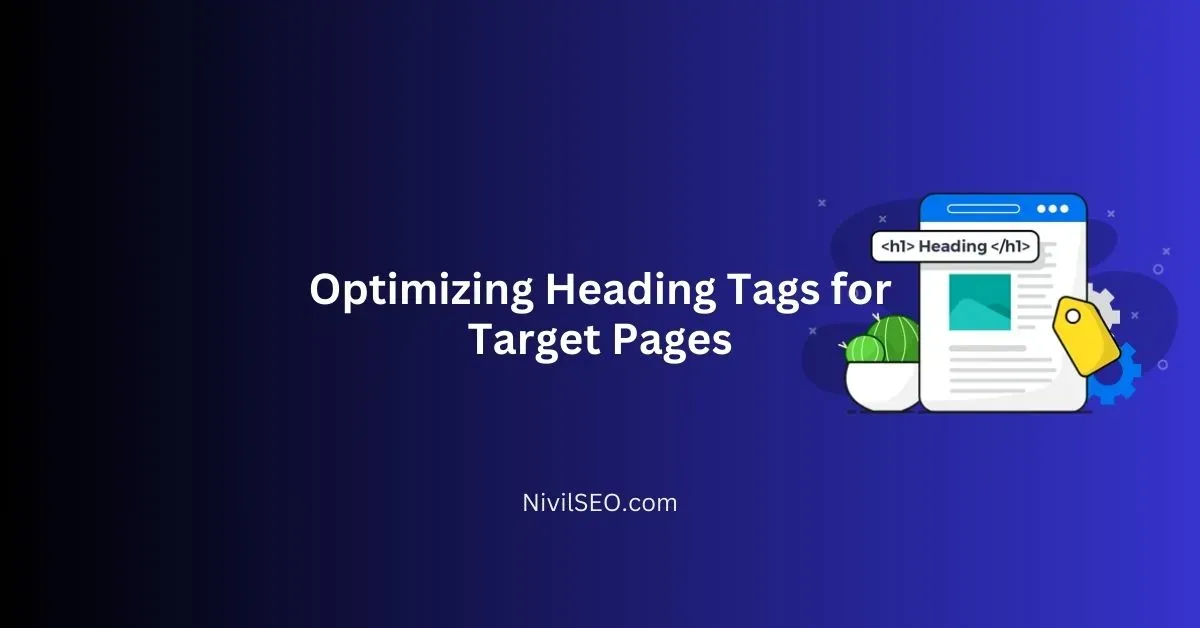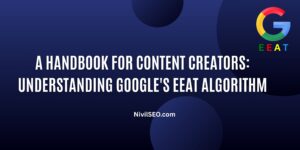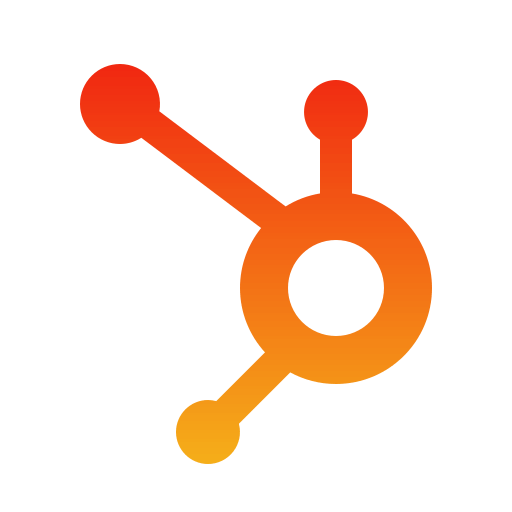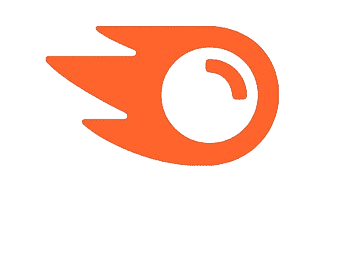In the competitive world of SEO, every detail counts. When it comes to your website’s target pages, optimizing heading tags can be a game-changer. These seemingly simple elements influence both search engine ranking and user experience, making them a crucial SEO tactic,” advises Nivil, SEO Expert.
Heading Tags: The Guiding Light for Readers and Search Engines
Heading tags (H tags like H1, H2, H3) act as a structured hierarchy for your content, similar to a book’s chapters and subheadings. They visually break up text, making your target pages scannable and easy to understand.
Why Optimize Heading Tags? A Multi-Faceted Benefit
Think of heading tags as signposts that guide users through your content. Well-optimized tags offer a multitude of advantages:
- Enhanced SEO: Search engines use heading tags to decipher the structure and content of your page. Including relevant keywords within headings can significantly improve your page’s ranking for those search terms.
- Improved User Experience: Clear and concise heading tags make your content more reader-friendly. Users can quickly grasp the main points and find the information they need faster, leading to a more positive experience.
- Increased Engagement: By creating a hierarchy of importance, users are more likely to stay engaged and continue reading your content.
- Structured Content: Heading tags naturally create a logical flow for your content, making it easier for both readers and search engines to follow your train of thought.
Optimizing Heading Tags for Maximum Impact: A Step-by-Step Guide
Ready to harness the power of heading tags? Here’s a breakdown of how to optimize them for maximum impact:
- The H1 Tag: Your Headline Hero: This is the most crucial heading tag, acting as the main title of your target page. Include your primary keyword naturally within the H1 tag.
- H2 Tags: Breaking Down Your Subtopics: Use H2 tags for major subheadings that break down your main topic. These should also include relevant keywords, but can be more descriptive than the H1.
- H3 Tags: Further Detailing: H3 tags provide a deeper dive into your subtopics. They can include long-tail keywords that provide more specific details, further enhancing your SEO reach.
- Maintaining Hierarchy: Ensure a clear hierarchy. Don’t jump straight from H1 to H3 – use H2 tags as stepping stones for a logical flow.
- Keyword Integration: While important, don’t prioritize keyword density over readability. Focus on user intent and incorporate keywords naturally.
- Clarity and Concision: Keep headings clear and concise, accurately reflecting the content below.
- Descriptive Power: Use headings to pique user interest and entice them to read further.
Conclusion: The Reward of Optimized Headings
Optimizing heading tags is a simple yet powerful SEO and user experience strategy. By implementing these tips, you can create well-structured, reader-friendly content that ranks higher in search results and keeps visitors engaged. Remember, well-optimized headings are like silent salespeople, guiding users through your target pages and ultimately driving conversions.










